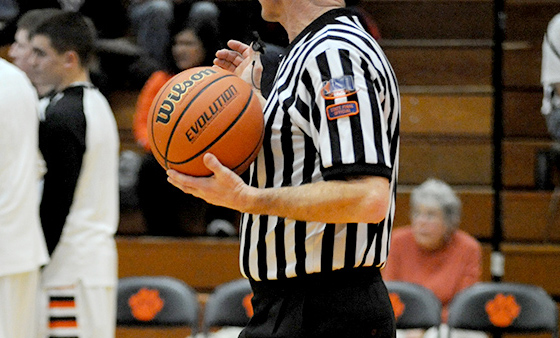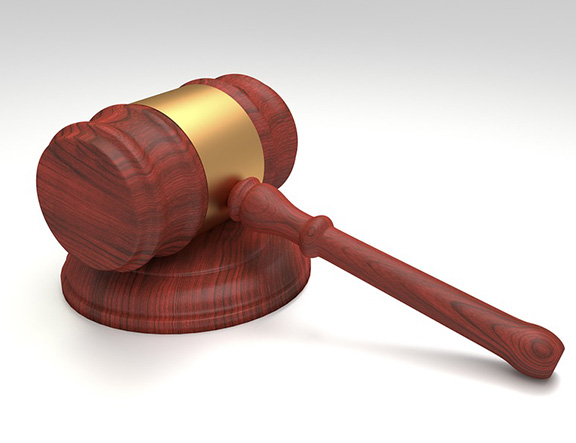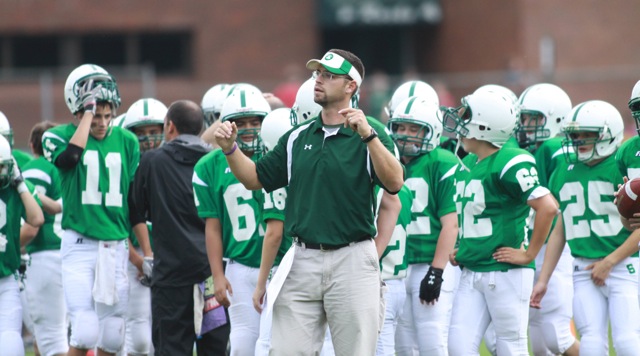Annual checkup: Helping ADs evaluate their programs
As part of the approach to good health, we have long been advised to visit our dentist twice a year. As we reach our 50s, our primary physician continues to suggest an annual physical to make sure everything is fine.

It all makes perfect sense, and many of us follow this advice. So why don’t we take the same approach with the other people in our sector? We’re frequently changing our personnel, supervisors, facilities, and financial sources and constantly dealing with new requirements associated with our positions. These updated policies place added demands on our time.
Shouldn’t we also consider an annual checkup for the AD position?» ALSO SEE: Types of conflicts that commonly confront ADs
Even if you’re the only person involved in this analysis, take stock of what has happened to you during the past year. Consider inviting colleague to spend a typical day with you, examine your setting, and offer some input for possible changes.
Regardless of what approach you choose, a self-analysis or an outside perspective might help with your annual checkup. Here are some questions you should ask of yourself and your program.
1. What has changed in the past year?
You may have a new administrator or supervisor, coaches, grounds crew or custodial staff. Your league may have added new members, or perhaps it was realigned.
Financial support, facility maintenance, vandalism of facilities, natural disasters, population shift and any number of other factors could have and may have changed in the past year.
As a matter of fact, very few things remain constant in life. This is not to infer that change is bad, but it’s an ongoing phenomenon that requires our attention. In our annual checkup, we have to recognize what’s different in our position and within our programs.
2. What adjustments need to be made as a result of the changes that have occurred?
Obviously, if your budget has been slashed, you need to consider fundraising efforts or making cuts in your program. If your facilities have deteriorated, they need upgrading.
Almost every change that has occurred necessitates an adjustment. The key, therefore, is to analyze carefully, be honest and plan accordingly.
3. What problems did you encounter in the past year?
Perhaps one of your teams had a problem with sportsmanship, hazing, drug or steroid abuse, or any number of other issues. Your program might also be affected by out of control parents or high-maintenance coaches.
While no one likes problems, once they have occurred they require attention. Depending upon the nature of the problem, you may need to institute new policies and procedures that help ensure the elimination of these problems.
4. What would you like to do to improve your program?
It may be much easier to come up with items for your personal health than to determine goals within your program.
If needed, ask others — coaches, parents, administrators — for their vision of the future. Obviously, some suggestions are outlandish and unattainable, but involving shareholders in your program is a good place to start. Too often we get caught up in the daily issues and fail to see the big picture.
5. Where can you find help with making adjustments or improvements that may be needed or desired?
If you are fortunate to have a friend and colleague at another school, this is a major asset. An outside, unbiased perspective can often be very useful, as he or she is not affected by naysayers, tradition or any other inherent obstacle within your program.
Don’t forget that we have state and national professional associations that can be of help. They offer courses, workshops, professional publications and networking opportunities to help with our problems or goals. Solutions, answers and new ideas abound with a little, well-directed effort.
6. What may the future hold?
Answering this question may be difficult. But by observing similar situations in neighboring schools, and being attuned to developments in your community and around the state, some changes can be predicted.
For example, impending staff retirements, facility maintenance requirements, and the financial climate should be fairly easy to ascertain. Also, new state or league regulations are usually discussed and publicized before their passage. With this knowledge, you can be proactive and start to plan. Being ahead of the curve is always advantageous.
7. What can you do to revive some energy, enthusiasm for your position?
There is little doubt that we are in a stressful, fatiguing position that can lead to burnout. In keeping with our medical theme, it’s during this annual checkup that we may decide we need a booster shot. That means a shot of enthusiasm, and there are several good sources.
To revive yourself, attend your state athletic directors’ conference and the NFHS Athletic Directors Conference every December. Take NIAAA Leadership Training Courses, and earn your CAA (Certified Athletic Administrator) and CMAA (Certified Master Athletic Administrator) designation. Every one of these opportunities is a great professional development activity that helps restore your focus, effort and belief that athletics provides great educational opportunities for young people.
After considering these questions, some of you may feel that you don’t have time for this exercise. Of course, if you wait for a full-blown problem to appear, you will ultimately exhaust much more time and energy.
It’s no different than dealing with your health or car; a little proactive medicine can go a long way toward promoting a problem-free year. You can’t afford postponing your own professional checkup.
David Hoch, CMAA, has 16 years of experience as a high school athletic director and served for 12 years as the executive director of the Maryland State Coaches Association. In 2000, he was named Athletic Director of the Year by the Maryland State Athletic Directors Association. His column, A.D.ministration, focuses on issues in athletic administration and appears regularly in Coach & Athletic Director magazine.





